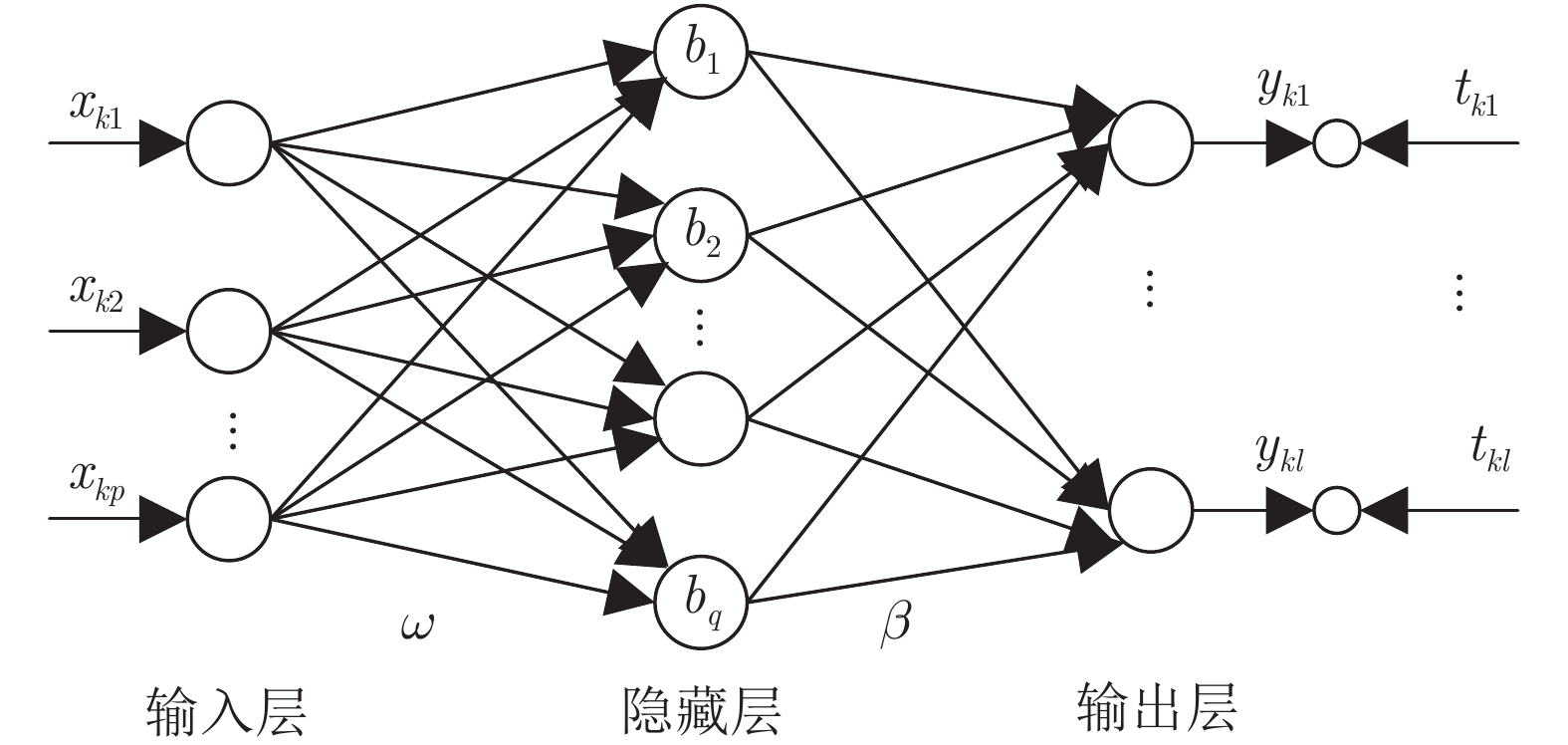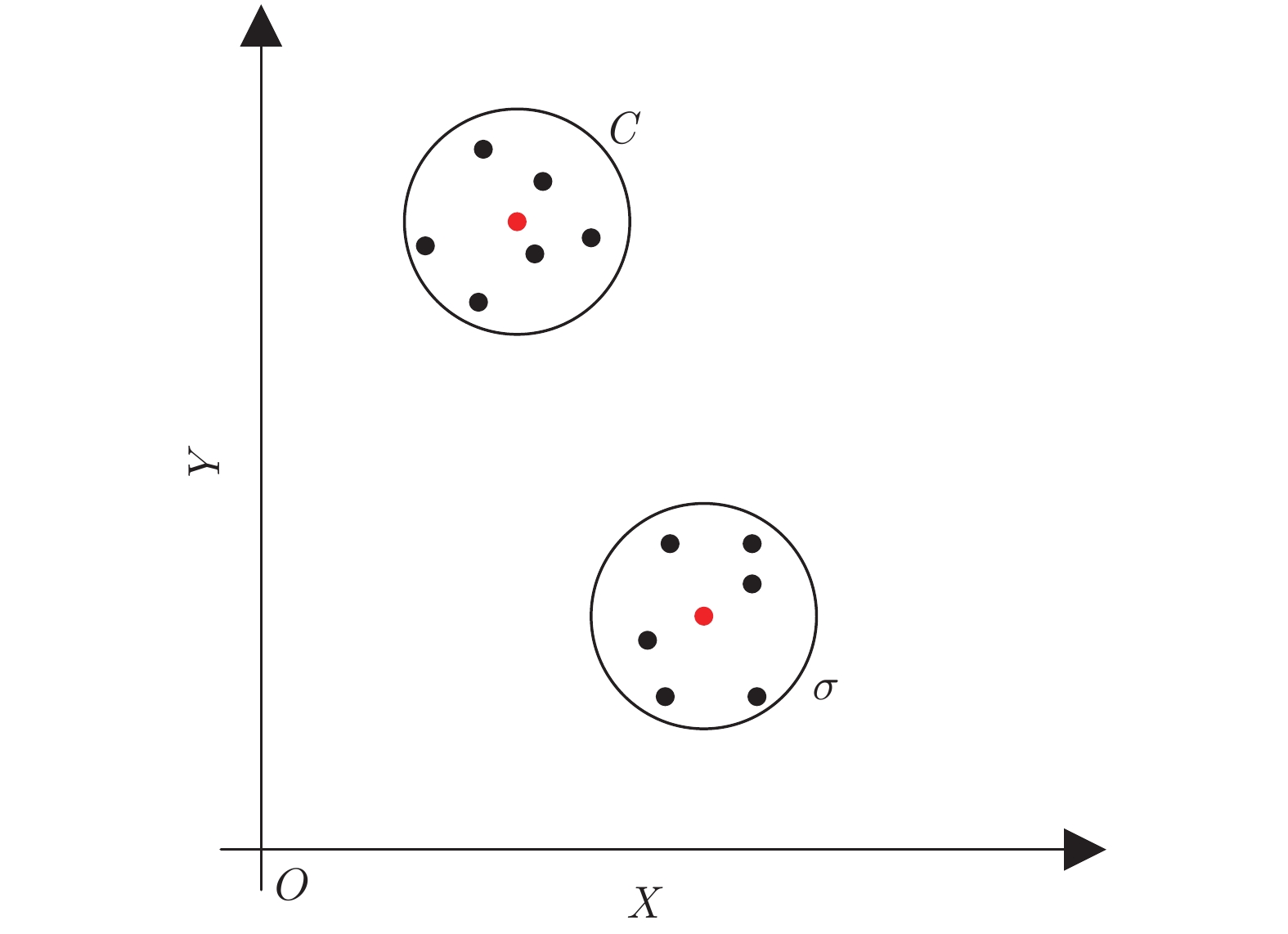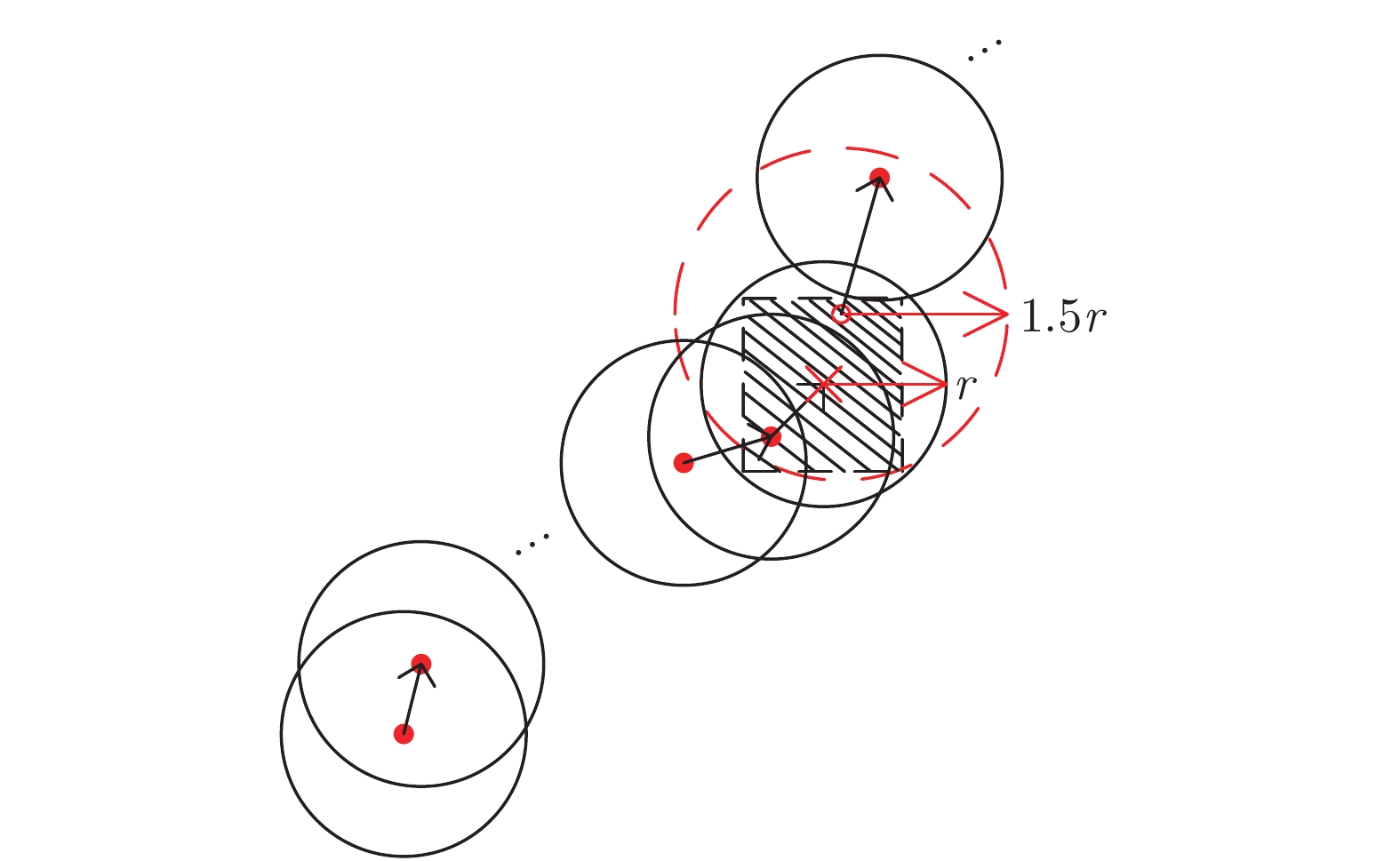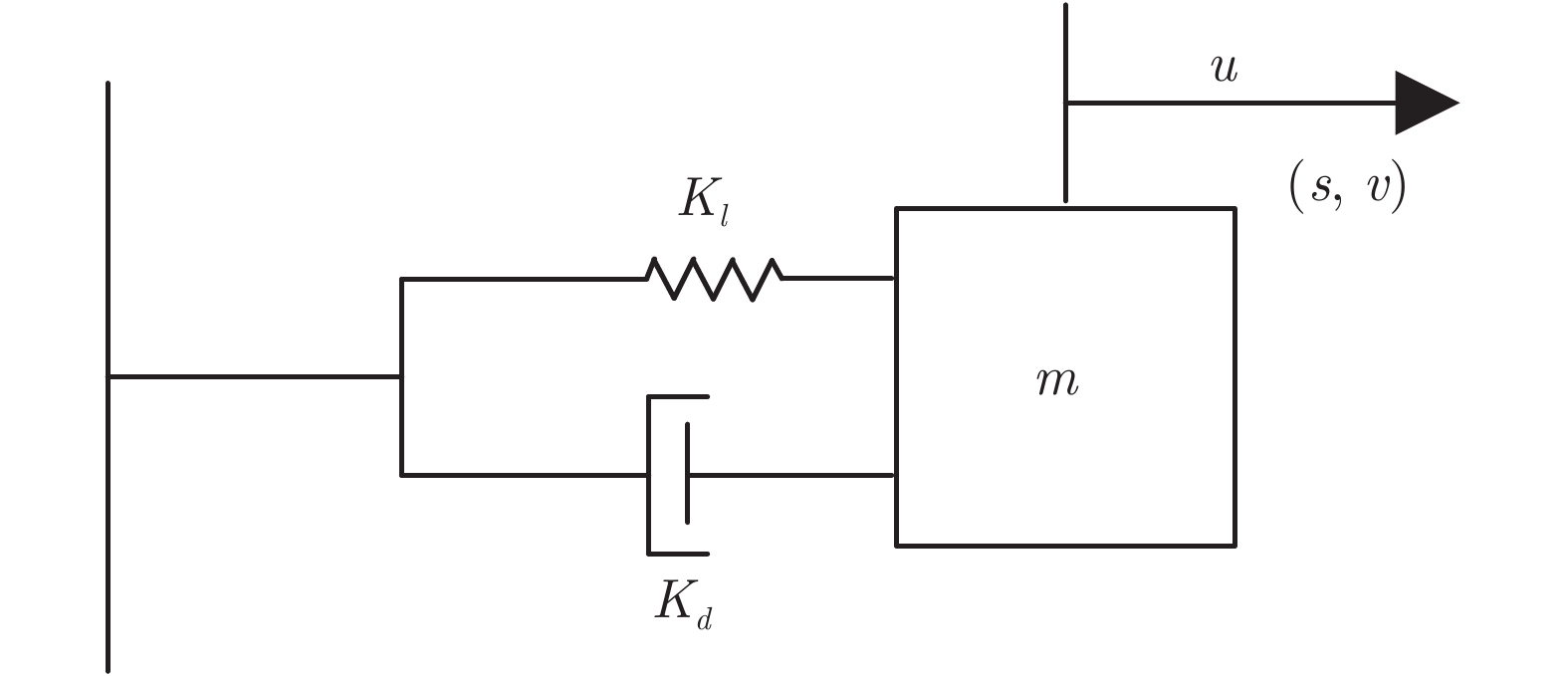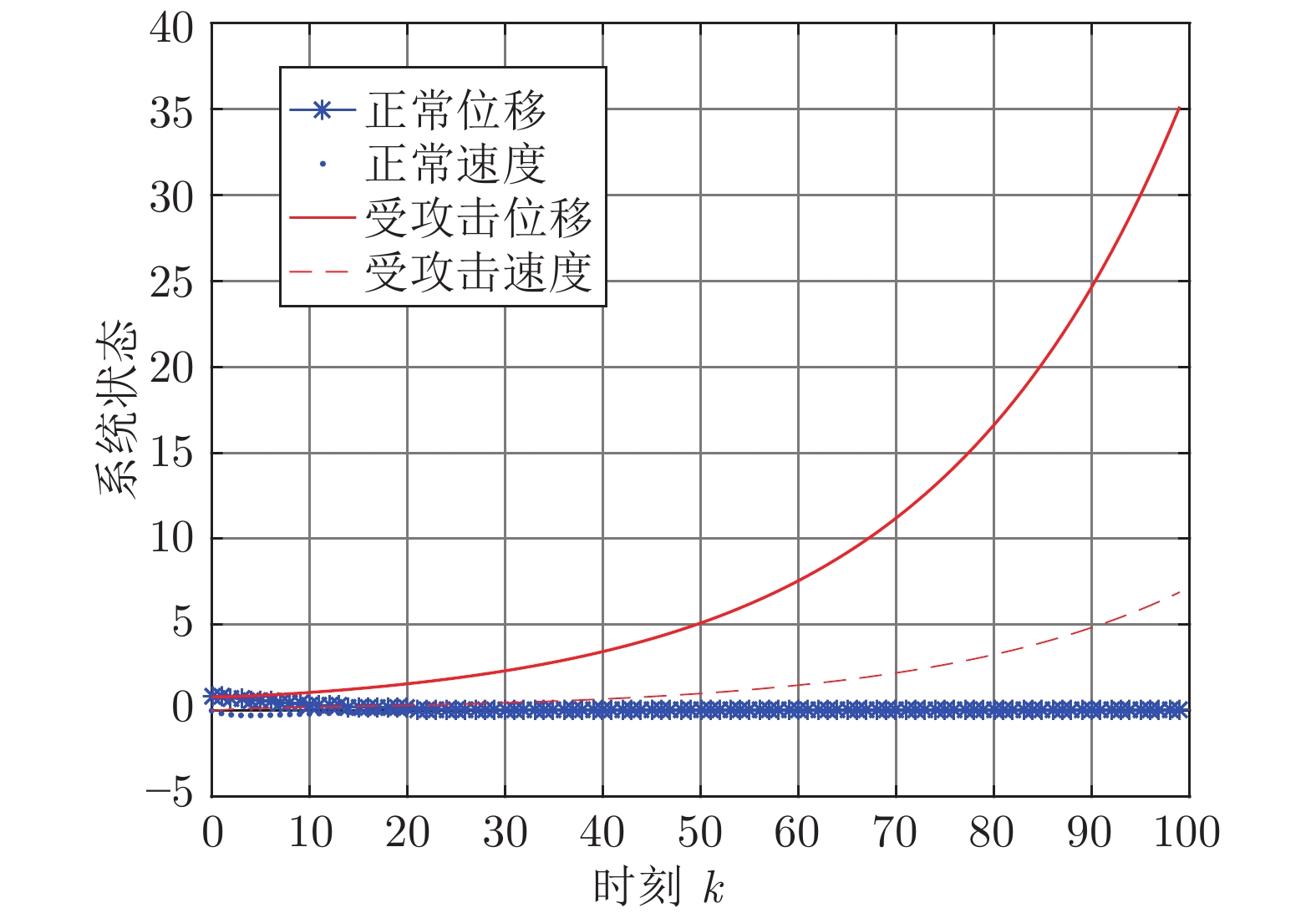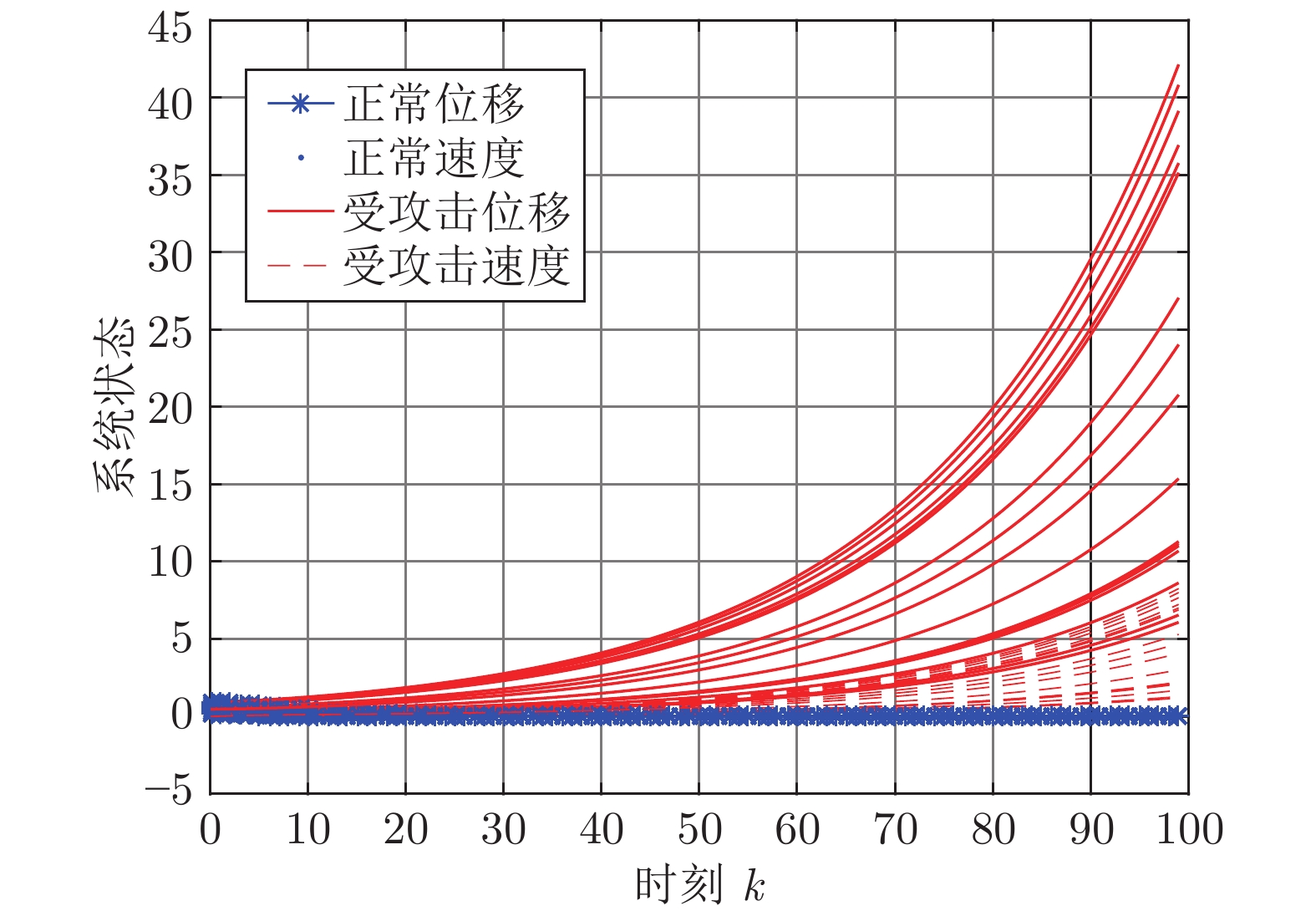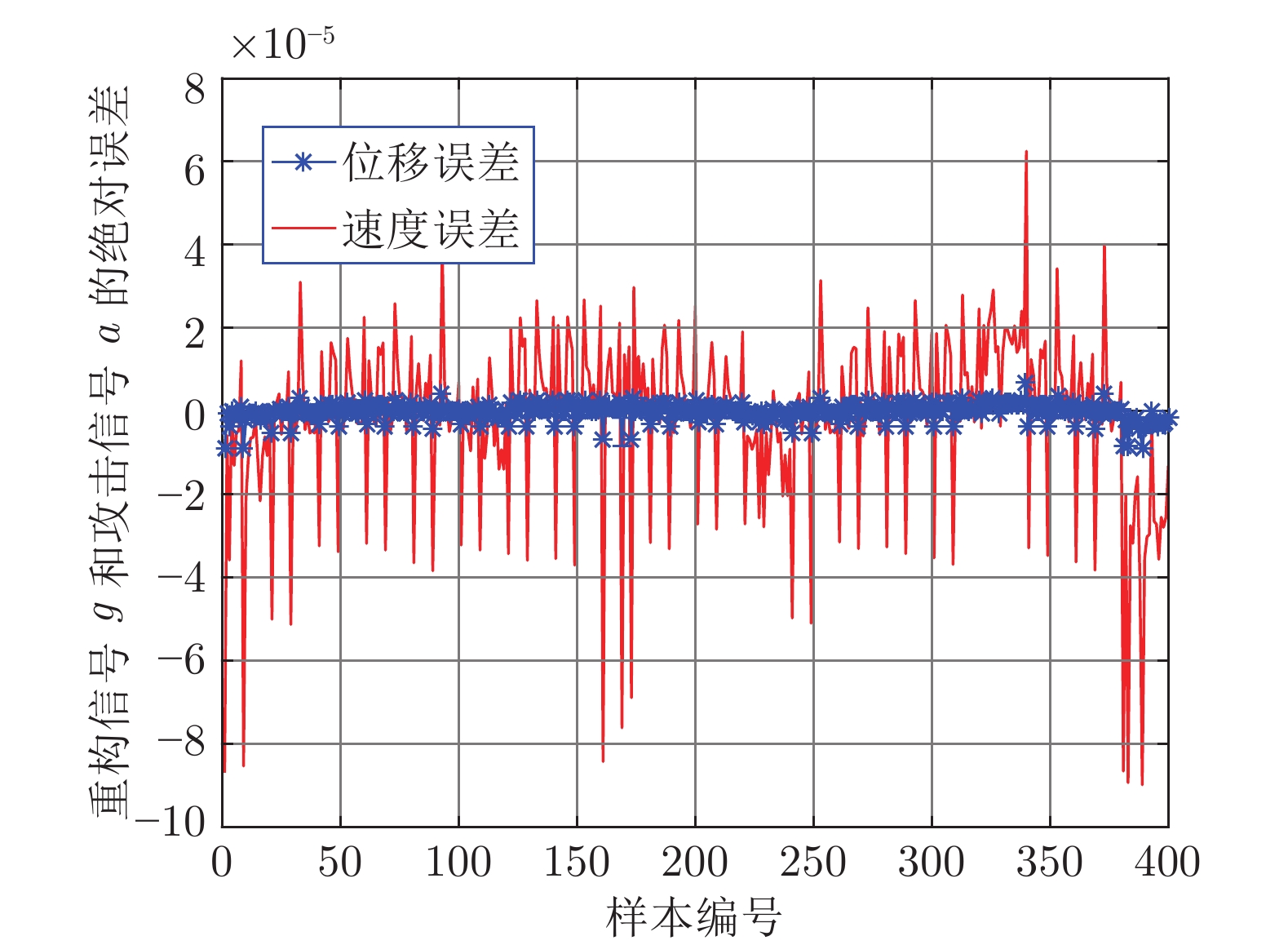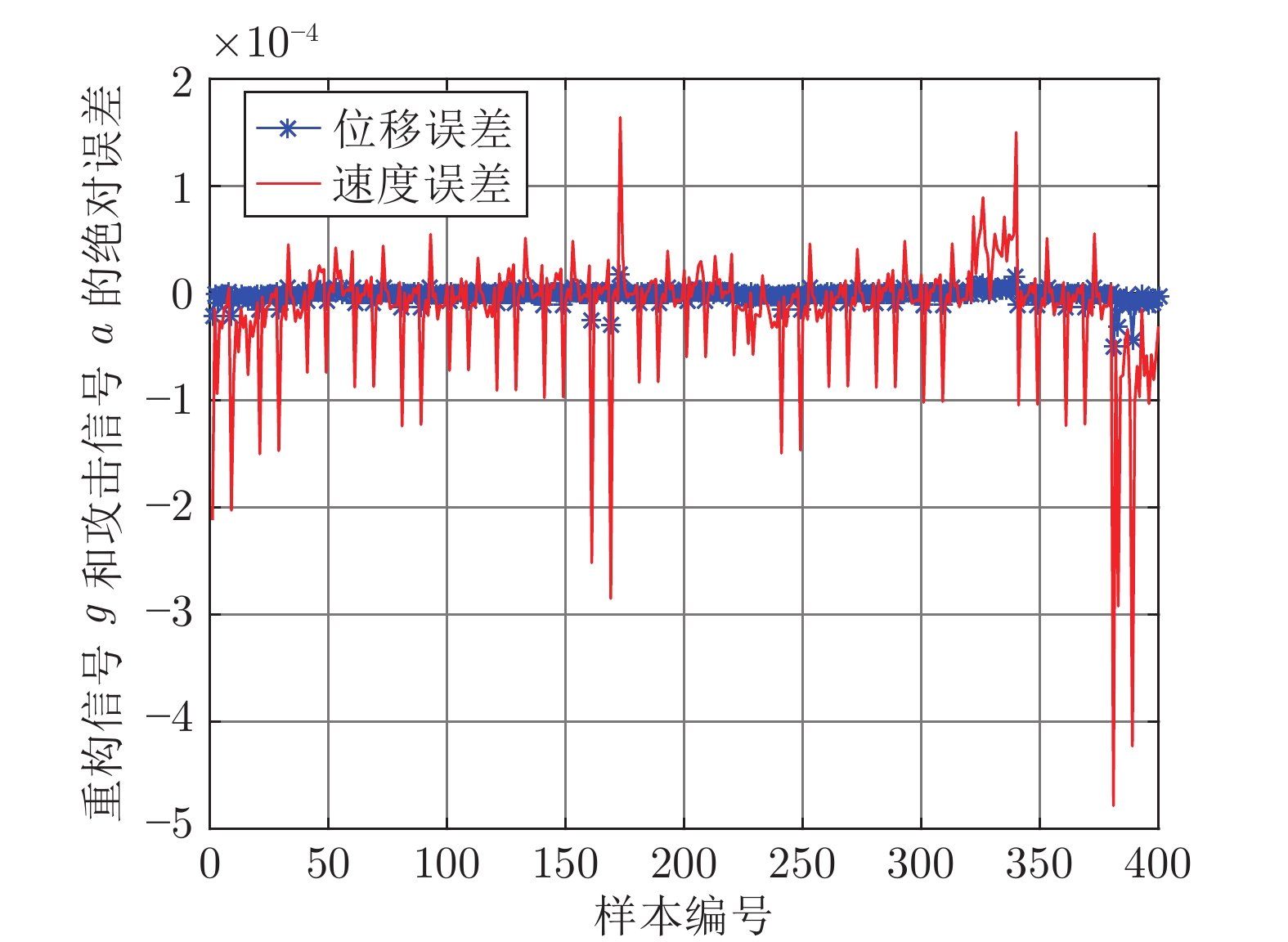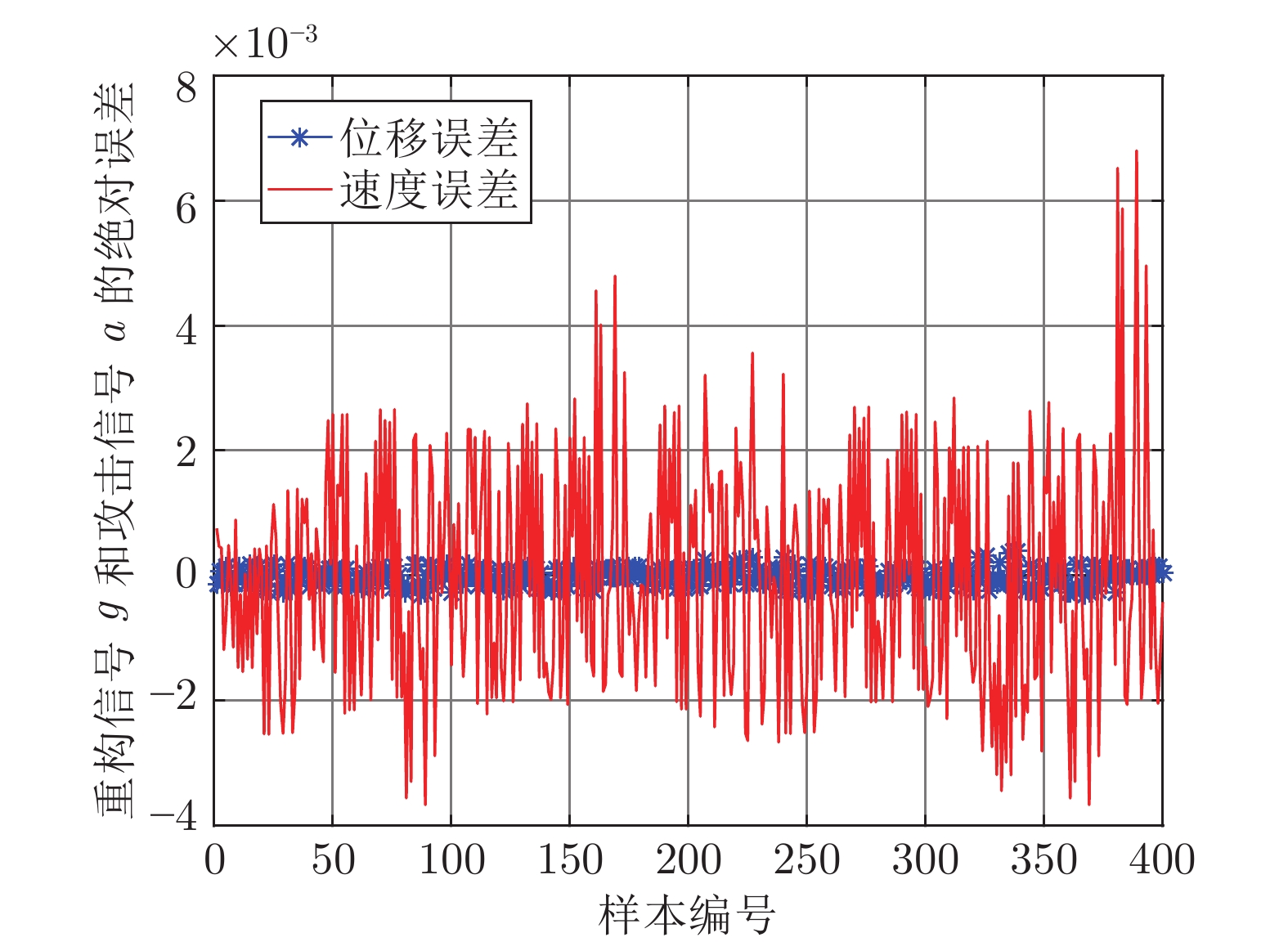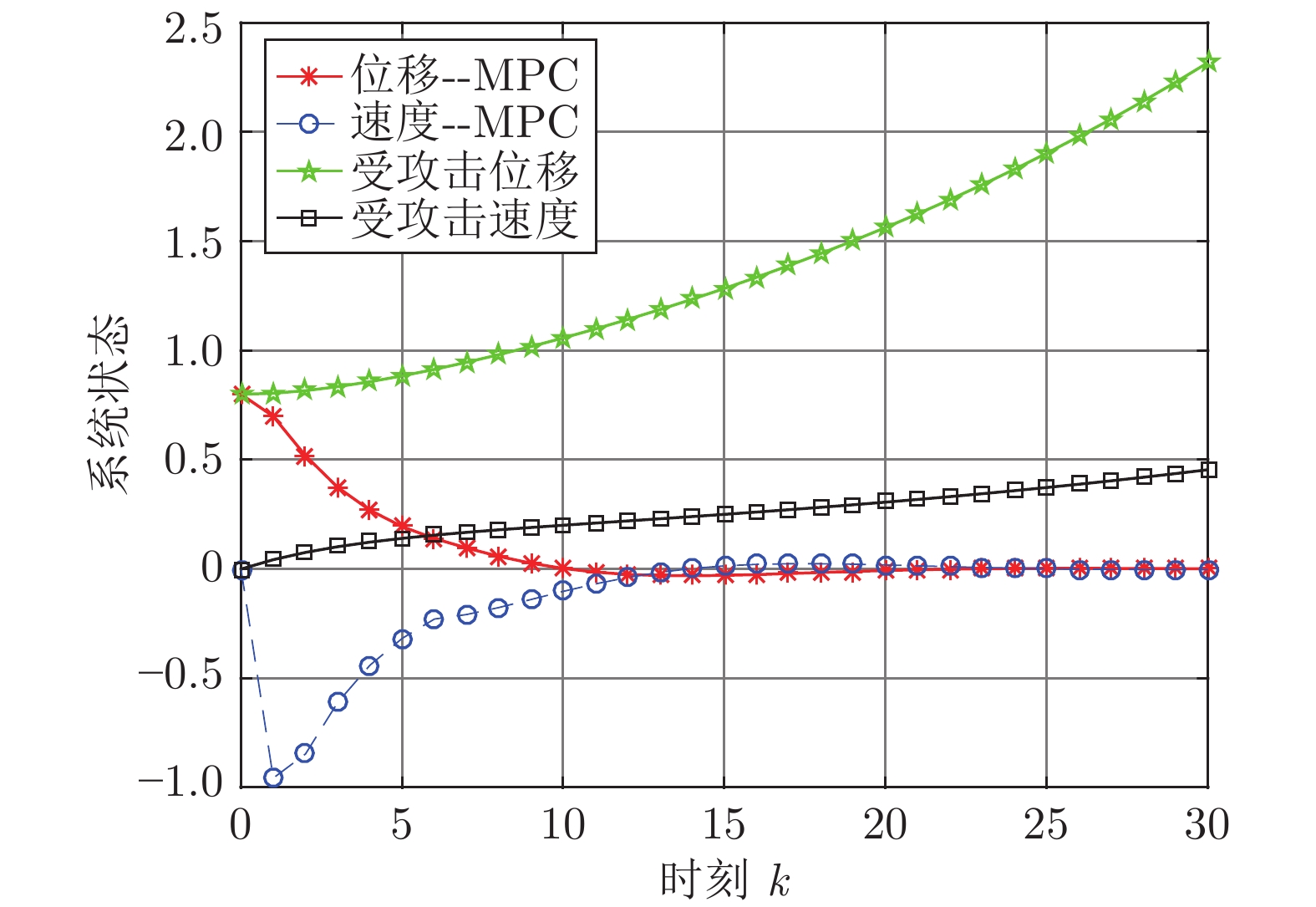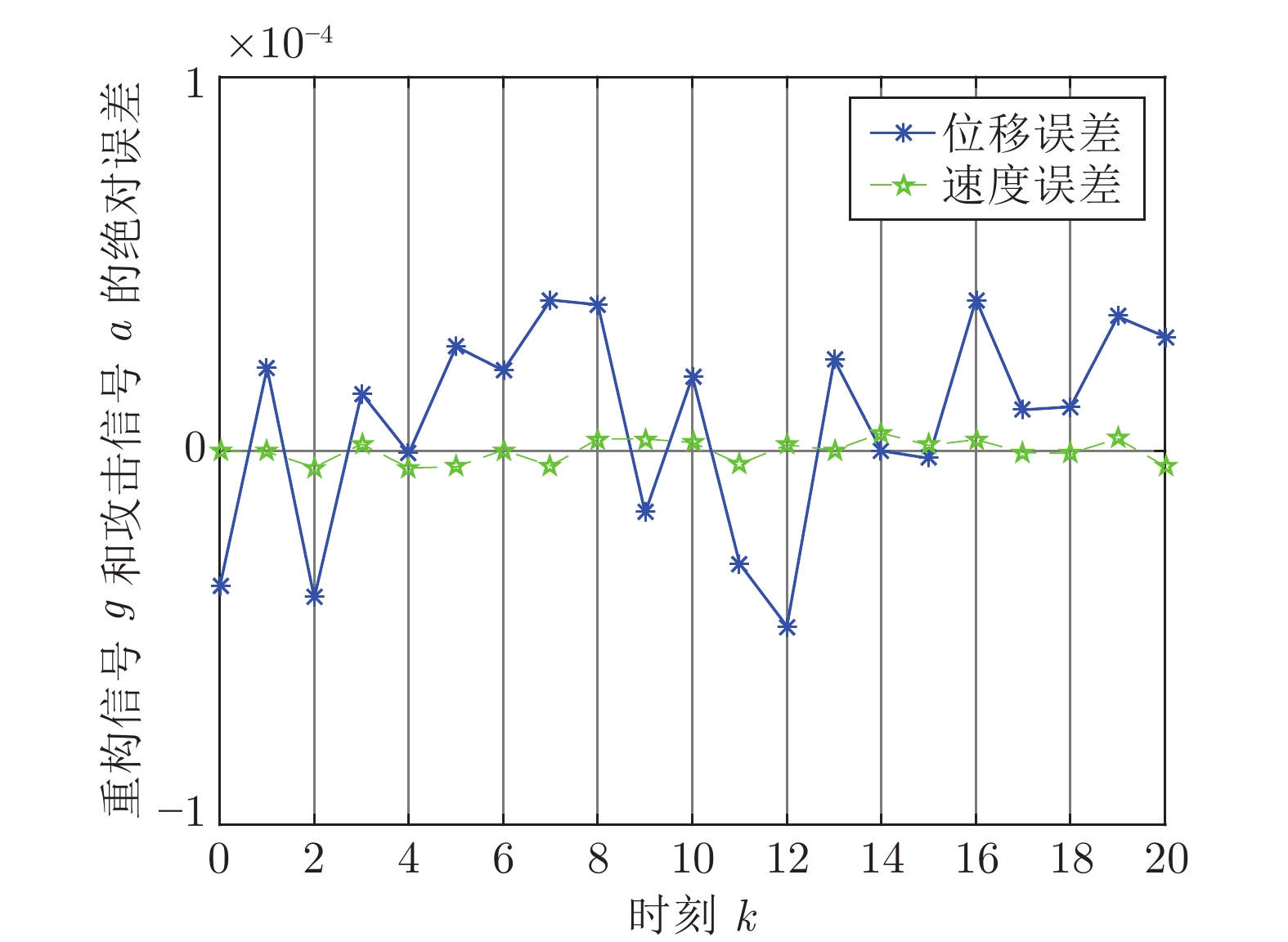|
[1]
|
Lee J, Bagheri B, Kao H A. A cyber-physical systems architecture for industry 4.0-based manufacturing systems. Manufacturing Letters, 2015, 3: 18−23 doi: 10.1016/j.mfglet.2014.12.001
|
|
[2]
|
李洪阳, 魏慕恒, 黄洁, 邱伯华, 赵晔, 骆文城, 何晓, 何潇. 信息物理系统技术综述. 自动化学报, 2019, 45(1): 37−50Li Hong-Yang, Wei Mu-Heng, Huang Jie, Qiu Bo-Hua, Zhao Ye, Luo Wen-Cheng, He Xiao, He Xiao. Survey on cyber-physical systems. Acta Automatica Sinica, 2019, 45(1): 37−50
|
|
[3]
|
Inoue J, Yamagata Y, Chen Y, Poskitt C, Sun J. Anomaly detection for a water treatment system using unsupervised machine learning. In: Proceedings of the 2017 IEEE International Conference on Data Mining Workshops. New Orleans, LA, USA: IEEE, 2017. 1058−1065
|
|
[4]
|
Li D, Chen D C, Goh J, Ng S K. Anomaly detection with generative adversarial networks for multivariate time series. arXiv: 1809.04758, 2018.
|
|
[5]
|
He H B, Yan J. Cyber-physical attacks and defences in the smart grid: A survey. IET Cyber-Physical Systems: Theory and Applications, 2016, 1(1): 13−27
|
|
[6]
|
夏元清, 闫策, 王笑京, 宋向辉. 智能交通信息物理融合云控制系统. 自动化学报, 2019, 45(1): 132−142Xia Yuan-Qing, Yan Ce, Wang Xiao-Jing, Song Xiang-Hui. Intelligent transportation cyber-physical cloud control systems. Acta Automatica Sinica, 2019, 45(1): 132−142
|
|
[7]
|
Wang H J, Zhao H T, Zhang J, Ma D T. Survey on unmanned aerial vehicle networks: A cyber physical system perspective. arXiv: 1812.06821, 2018.
|
|
[8]
|
刘烃, 田决, 王稼舟, 吴宏宇, 孙利民, 周亚东, 沈超, 管晓宏. 信息物理融合系统综合安全威胁与防御研究. 自动化学报, 2019, 45(1): 5−24Liu Ting, Tian Jue, Wang Jia-Zhou, Wu Hong-Yu, Sun Li-Min, Zhou Ya-Dong, Shen Chao, Guan Xiao-Hong. Integrated security threats and defense of cyber-physical systems. Acta Automatica Sinica, 2019, 45(1): 5−24
|
|
[9]
|
Wolf M, Serpanos D. Safety and security in cyber-physical systems and internet-of-things systems. Proceedings of the IEEE, 2018, 106(1): 9−20 doi: 10.1109/JPROC.2017.2781198
|
|
[10]
|
De Persis C, Tesi P. Input-to-state stabilizing control under denial-of-service. IEEE Transactions on Automatic Control, 2015, 60(11): 2930−2944 doi: 10.1109/TAC.2015.2416924
|
|
[11]
|
Liu K, Guo H, Zhang Q R, Xia Y Q. Distributed secure filtering for discrete-time systems under Round-Robin protocol and deception attacks. IEEE Transactions on Cybernetics, 2020, 50(8): 3571−3580 doi: 10.1109/TCYB.2019.2897366
|
|
[12]
|
Peng L H, Shi L, Cao X, Sun C Y. Optimal attack energy allocation against remote state estimation. IEEE Transactions on Automatic Control, 2018, 63(7): 2199−2205 doi: 10.1109/TAC.2017.2775344
|
|
[13]
|
Zhang Q R, Liu K, Xia Y Q, Ma A Y. Optimal stealthy deception attack against cyber-physical systems. IEEE Transactions on Cybernetics, 2020, 50(9): 3963−3972 doi: 10.1109/TCYB.2019.2912622
|
|
[14]
|
Zhu Q Y, Basar T. Game-theoretic methods for robustness, security, and resilience of cyberphysical control systems: Games-in-games principle for optimal cross-layer resilient control systems. IEEE Control Systems Magazine, 2015, 35(1): 46−65 doi: 10.1109/MCS.2014.2364710
|
|
[15]
|
Vu N H, Choi Y S, Choi M. DDoS attack detection using K-nearest neighbor classifier method. In: Proceedings of the 4th IASTED International Conference on Telehealth/Assistive Technologies. Baltimore, Maryland, USA, 2008. 248−253
|
|
[16]
|
Kumar P G, Devaraj D. Intrusion detection using artificial neural network with reduced input features. ICTACT Journal on Soft Computing, 2010: 30−36
|
|
[17]
|
Nawaz R, Shahid M A, Qureshi I M, Mehmood M H. Machine learning based false data injection in smart grid. In: Proceedings of the 1st International Conference on Power, Energy and Smart Grid. Mirpur, Azad Kashmir, Pakistan, 2018. 1−6
|
|
[18]
|
Esmalifalak M, Liu L, Nguyen N, Zheng R. Detecting stealthy false data injection using machine learning in smart grid. IEEE Systems Journal, 2017, 11(3): 1644−1652 doi: 10.1109/JSYST.2014.2341597
|
|
[19]
|
Kiss I, Genge B, Haller P. A clustering-based approach to detect cyber attacks in process control systems. In: Proceedings of the 13th International Conference on Industrial Informatics. Cambridge, United Kingdom, 2015. 142−148
|
|
[20]
|
Yan Z, Wang J. Model predictive control of nonlinear systems with unmodeled dynamics based on feedforward and recurrent neural networks. IEEE Transactions on Industrial Informatics, 2012, 8(4): 746−756 doi: 10.1109/TII.2012.2205582
|
|
[21]
|
封鹏. 基于PSO-BP神经网络的网络流量预测算法的研究与应用[硕士学位论文], 东北大学, 中国, 2015.Feng Peng. Research and Application of Network Traffic Prediction Algorithm Based on PSO-BP Neural Network [Master thesis], Northeastern University, China, 2015.
|
|
[22]
|
Huang G B, Zhou H M, Ding X J, Zhang R. Extreme learning machine for regression and multiclass classification. IEEE Transactions on Systems, Man, and Cybernetics, Part B (Cybernetics), 2012, 42(2): 513−529 doi: 10.1109/TSMCB.2011.2168604
|
|
[23]
|
Huang G B, Zhu Q Y, Siew C K. Extreme learning machine: A new learning scheme of feedforward neural networks. In: Proceedings of the 2004 IEEE International Joint Conference on Neural Networks. Budapest, Hungary: IEEE, 2004. 985−990
|
|
[24]
|
Huang G B, Siew C K. Extreme learning machine with randomly assigned RBF kernels. International Journal of Information Technology, 2005, 11(1): 16−24
|
|
[25]
|
Minh H Q, Niyogi P, Yao Y. Mercer' s theorem, feature maps, and smoothing. In: Proceedings of the 2006 International Conference on Computational Learning Theory. Berlin, Heidelberg, Germary: Springer, 2006. 154−168
|
|
[26]
|
Pan W T. A new fruit fly optimization algorithm: Taking the financial distress model as an example. Knowledge-Based Systems, 2012, 26: 69−74 doi: 10.1016/j.knosys.2011.07.001
|
|
[27]
|
Kennedy J, Eberhart R. Particle swarm optimization. In: Proceedings of the 1995 IEEE International Conference on Neural Networks. Perth, Australia, 1995. 1942−1948
|
|
[28]
|
魏立新, 赵默林, 范锐, 周红星. 基于改进鲨鱼优化算法的自抗扰控制参数整定. 控制与决策, 2019, 34(4): 816−820Wei Li-Xin, Zhao Mo-Lin, Fan Rui, Zhou Hong-Xing. Parameter tuning of active disturbance rejection control based on ameliorated shark smell optimization algorithm. Control and Decision, 2019, 34(4): 816−820
|
|
[29]
|
Muller S D, Marchetto J, Airaghi S, Kournoutsakos P. Optimizationbased on bacterial chemotaxis. IEEE Transactions on Evolutionary Computation, 2002, 6(1): 16−29 doi: 10.1109/4235.985689
|
|
[30]
|
Guliyev N, Ismailov V. On the approximation by single hidden layer feedforward neural networks with fixed weights. Neural Networks, 2018, 98: 296−304 doi: 10.1016/j.neunet.2017.12.007
|
|
[31]
|
戴荔. 分布式随机模型预测控制方法研究[博士学位论文], 北京理工大学, 中国, 2016.Dai Li. Distributed Stochastic Model Predictive Control [Ph.D. dissertation], Beijing Institute of Technology, China, 2016.
|
|
[32]
|
Liu K, Ma A Y, Xia Y Q, Sun Z Q, Johansson K H. Network scheduling and control co-design for multi-loop MPC. IEEE Transactions on Automatic Control, 2019, 64(12): 5238−5245 doi: 10.1109/TAC.2019.2910724
|
|
[33]
|
Marruedo D L, Alamo T, Camacho E F. Input-to-state stable MPC for constrained discrete-time nonlinear systems with bounded additive uncertainties. In: Proceedings of the 41st IEEE Conference on Decision and Control. Las Vegas, Nevada, USA, 2002. 4619−4624
|
|
[34]
|
夏元清. 云控制系统及其面临的挑战. 自动化学报, 2016, 42(1): 1−12Xia Yuan-Qing. Cloud control systems and their challenges. Acta Automatica Sinica, 2016, 42(1): 1−12
|





 下载:
下载:
